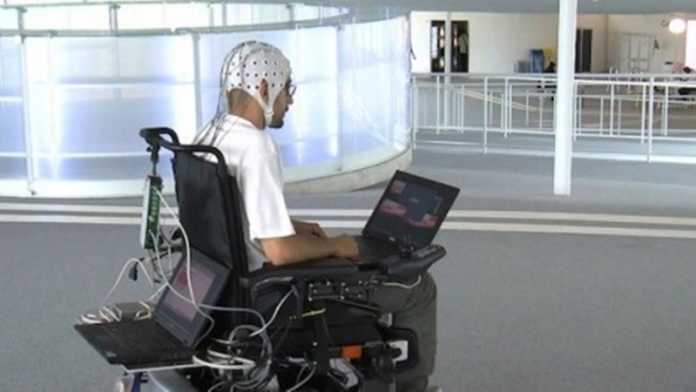Miguel Nicolelis, Neuroscientist at Duke University said “In some severely disabled people, even blinking is not possible. For them, using a wheelchair or device controlled by non-invasive measures like an EEG (a device that monitors brain waves through electrodes on the scalp) may not be sufficient. We show clearly that if you have intracranial implants, you get better control of a wheelchair than with non-invasive devices,”. The Interface proves the future prospective for the persons with some disorder who have lost their voluntary muscles control and strength because of “Quadriplegia or Amyotrophic lateral sclerosis. Nicolelis said “By this developments, monkeys have learned to control the wheelchair by thinking, they grew more efficient at navigating towards the grapes and finished the test faster”. “This was not a signal that was present in the beginning of the training, but something that emerged as an effect of the monkeys becoming proficient in this task,” Nicolelis said. He said “This was a surprise. It demonstrates the brain’s enormous flexibility to assimilate a device, in this case a wheelchair, and that device’s spatial relationships to the surrounding world,”. Nicolelis further added that the team is now aiming to broaden the experiment by recording neuronal signals in order to improve its accuracy and authenticity of the primate BMI before searching for tests for an implanted device in humans. This development could be really beneficial for the disabled persons who have lost their voluntary muscle control. If you have more to add, you are welcomed to add it at comment section below. Inputs from IANS
Δ



